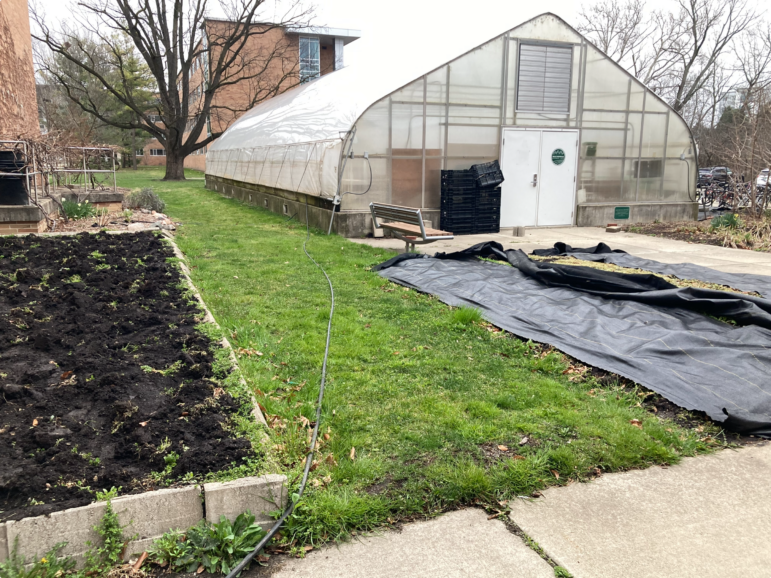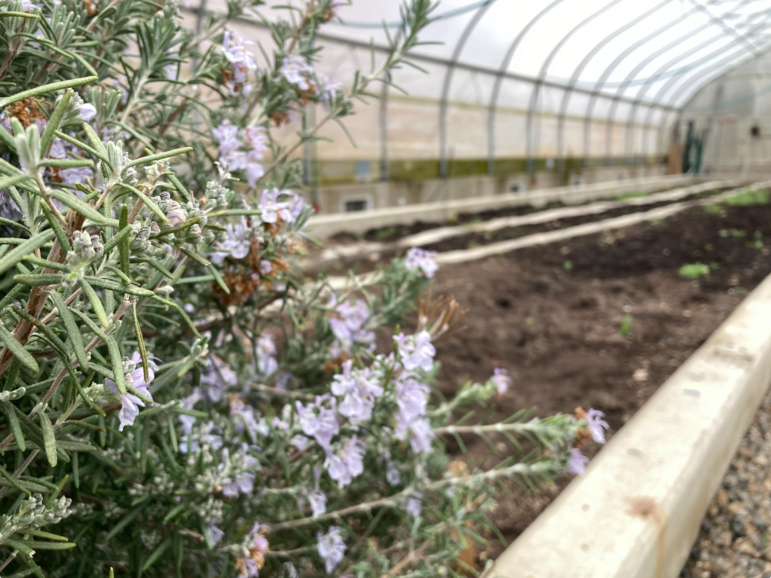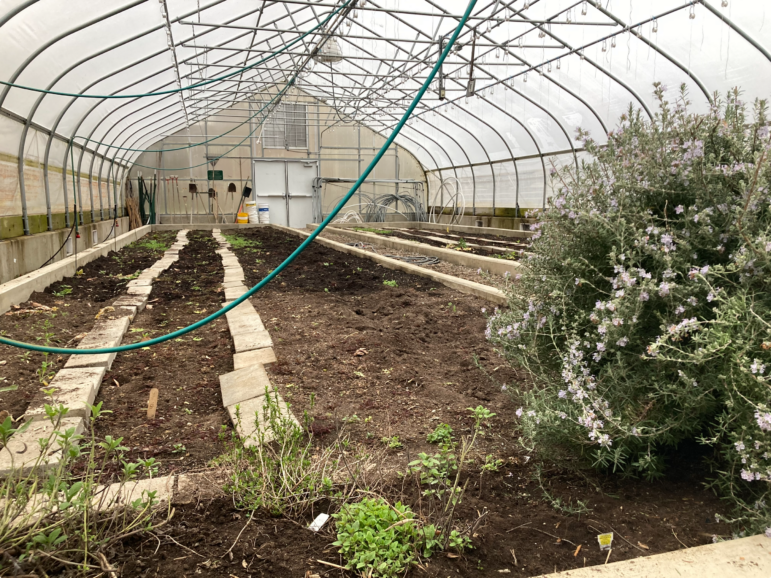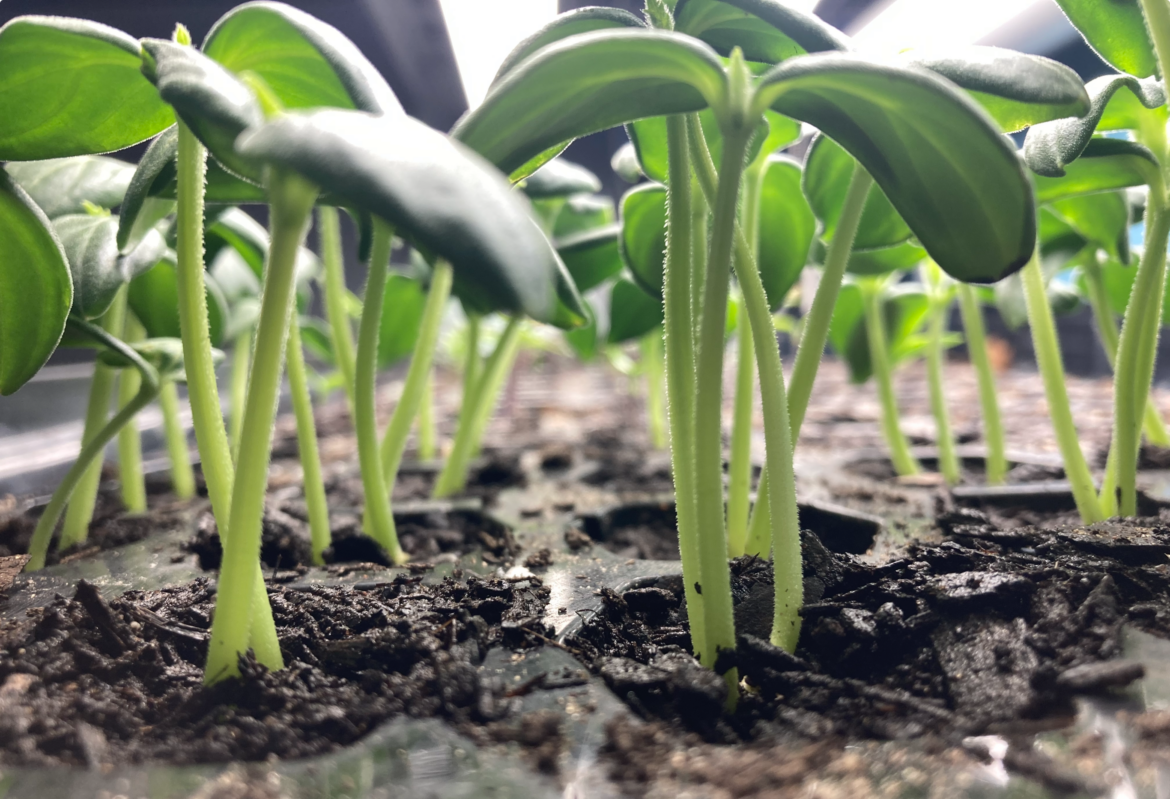It is officially spring, which brings longer and rising temperatures. And with the warmer seasons come new crops. But some gardening and agricultural methods can be hard to differentiate. So what is the difference between “organic” and “regenerative” agriculture?
In industrial agriculture in the United States, pesticides, herbicides and fertilizers are used to drive back the threats when plants become unhealthy. However, there are other ideas on how to best care for our food. They center around how we alter interactions between soil, plants, microbes, fungi and animals.

Organic:
Organic is a set of criteria a farm adheres to when growing food.
“Organic is a little different [than regenerative]. There’s standards that you follow,” said Julianna Adams, a Michigan State Student Organic Farm CSA manager and food safety crew member. “We’re USDA-certified organic.”
After implementing these criteria, a local farmer or gardener can apply to be certified. Organic farming is more than a list of banned chemicals, it changes how a producer can manage problems.
“I think a lot of organic is being proactive about outside factors,” Adams said. “We use netting and greenhouses to keep out some of pest pressure. We always try to be proactive. We use things like row cover, shade cover. We amend our soil. But then there’s always the unpredictable things, and with that we have to take it as it is. Every situation is different depending on the crop, depending on what the pressure itself.”

Regenerative:
While organic farming uses set standards and requires certification, regenerative practices are currently more like guidelines with a goal.
“We want to grow food and fiber in a way that is economically viable and at the same time regenerates ecosystem services,” said MSU community sustainability professor and coordinator for Agriculture, Food and Natural Resource Education, Matthew Raven.
The term “regenerative agriculture” has changed over time, but the idea is relatively consistent.
“It has gone through phases, and a big term is Sustainable Agriculture. I like the term regenerative better because the systems are already degraded, and so I don’t want to sustain degraded systems. I want to regenerate our systems,” Raven said.
Regenerative grazing, one of many regenerative agriculture practices, differs from more standard grass-fed beef operations in a few ways. Raven has worked with two Michigan pastures created to study regenerative agriculture practices.
“Typically, they’ll do what we call continuous stock grazing, or continuous set stock grazing where they turn [livestock] out into a paddock and just leave them there, don’t move ‘em,” Raven said. “If you look at the great grasslands of North America—tall grass and short grass prairies—co-evolved with huge herds of ruminants. Bison, antelope, elk, deer, all grazers. They have these huge herds. And so they’ll have a huge impact, but then the predators will push them on and they might not come back for a long period of time. And then those grasslands are allowed to recover. So we use the same principles when we graze,” Raven said.
Regenerative agriculture and organic agriculture both want to reduce impact on the environment, but do it in different ways. They are not exclusive and there is room to cross practices.
“I think a lot of farmers share a deep caring for the soil health and plant health and just giving back to the environment, which I think is kind of a common factor,” Adams said. “So I would say maybe that’s where the similarity is.”

